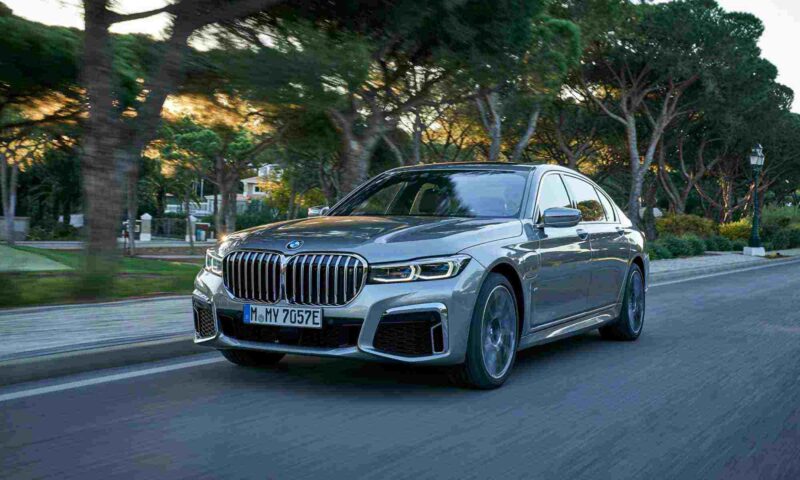What are amps, volts, watts, kilowatts and kilowatt-hours?
A guide explaining the difference between amps, volts, watts, kilowatts and kilowatt-hours, and how they relate to electric cars and EV chargers.
Last updated: Jul 26, 2024 • 3 min read

Summary
With the rise of electric vehicles (EVs), drivers are having to learn new terminology to understand how they work. In particular, EVs are often talked about in the context of amps, volts, watts, kilowatts and kilowatt-hours. It may sound complicated, but these are all terms used to explain how electricity, and EVs, work.
How does electricity work?
In order to understand the difference between them, it’s first worth learning how electricity works.
A common and simplistic analogy is that electricity is like water; it flows through surfaces, like wires. However, it can only flow if it has a continuous loop from its power source to the end point. This is just like water; if you take a river and block off the start and end, the water won’t be able to flow.
What is an Amp (A), current, and Volt (V)?
Keeping with the water analogy, imagine water flowing through a pipe, like a garden hose:
Volts, or voltage, is like water pressure. In other words, how fast the water (electricity) flows through the hose (circuit). The higher the voltage, the more electricity flows. Homes in the UK typically have a voltage of 230 volts.
Current is simply the flow of electricity within a circuit. Or, if you want to get technical, the steady flow of tiny atomic particles called electrons moving through the wire.
Amps is used to measure an electrical current.
This of course is a very simplistic and watered-down overview of how electricity flows, but it helps to understand how electricity moves through wires.
What are watts (W), kilowatts (kW), and kilowatt-hours (kWh)?
Together, voltage and current/amps give us electrical power, which we can measure:
Watts is the unit of measurement for electrical power. It’s found by multiplying the voltage with the current/amps.
A kilowatt is simply 1000 watts.
A kilowatt-hour is a measure of the capacity of something that can store energy, like an EV battery. It’s essentially how many kilowatts a battery can provide for an hour.
What do these terms mean for EV charging?
Using all these terms, you can start to understand how EV charging works and what your electric car is capable of.
For example, you may have noticed that EV chargers often have different power ratings. Based on the above, we know that watts/kilowatts are a measurement of electrical power. So a charger with a rating of 7kW (7,000 watts) has less power than a 50kW (50,000 watts) charger.
More power results in a faster charge. But we also know based on the above that an EV with a larger battery will take longer to charge. So an EV with a 55 kWh battery will take less time to charge than one with a 72 kWh battery if they’re both plugged into chargers with the same power rating.
Similarly, it stands to reason that an electric car with a larger battery can go further on a full charge than one with a smaller battery.
The key takeaway is that:
You can determine the power (measured in watts) by using the current (in Amps) and voltage (in volts).
More kilowatts means more power, which means (for example) faster acceleration or faster charging.
Combining watts/kilowatts with time gives you capacity (measured in kilowatt-hours).
A battery with more kilowatt-hours means it can go further on a single charge.

